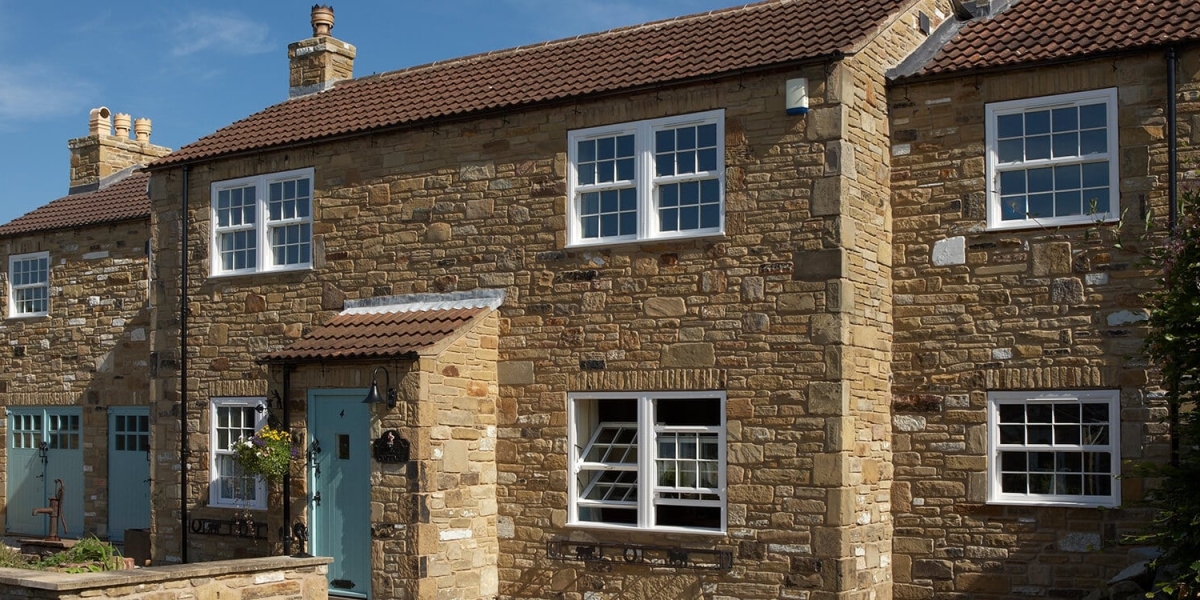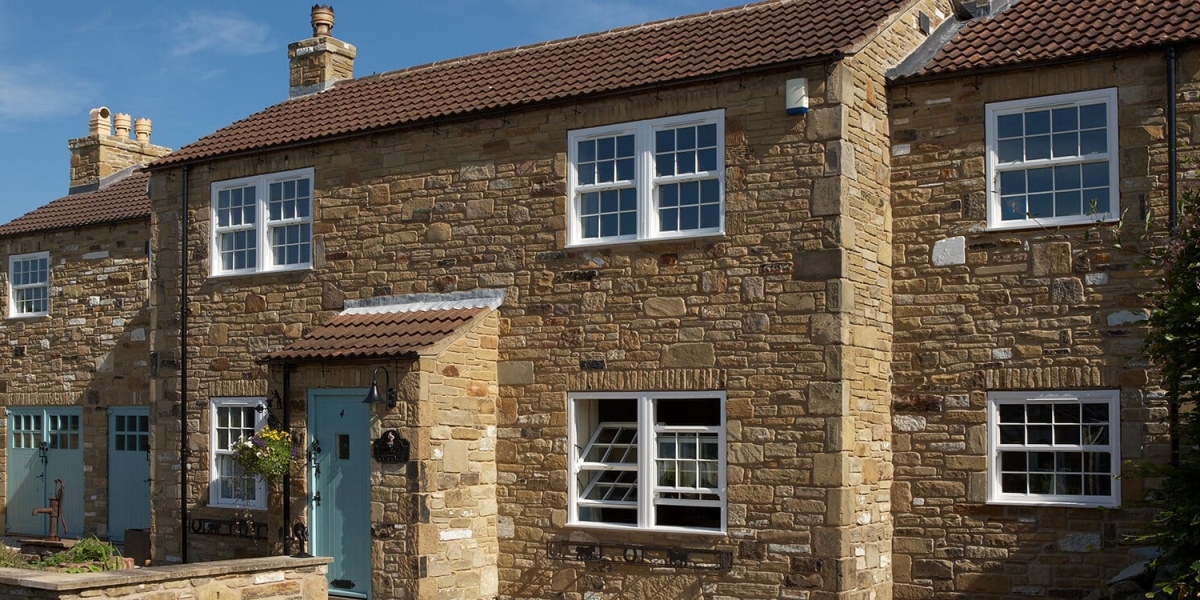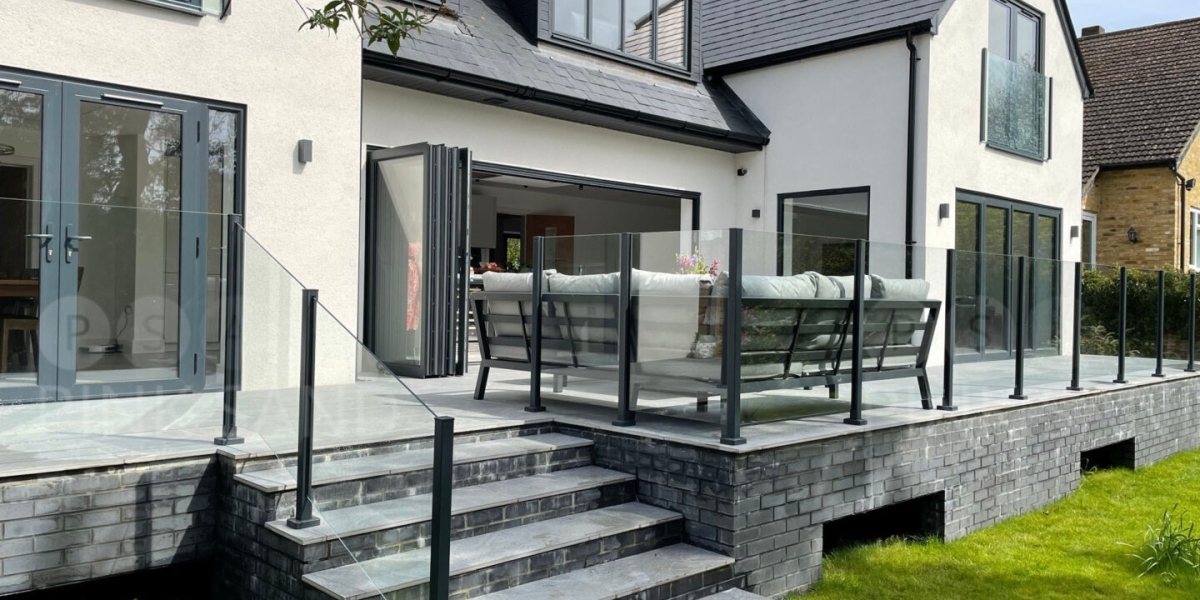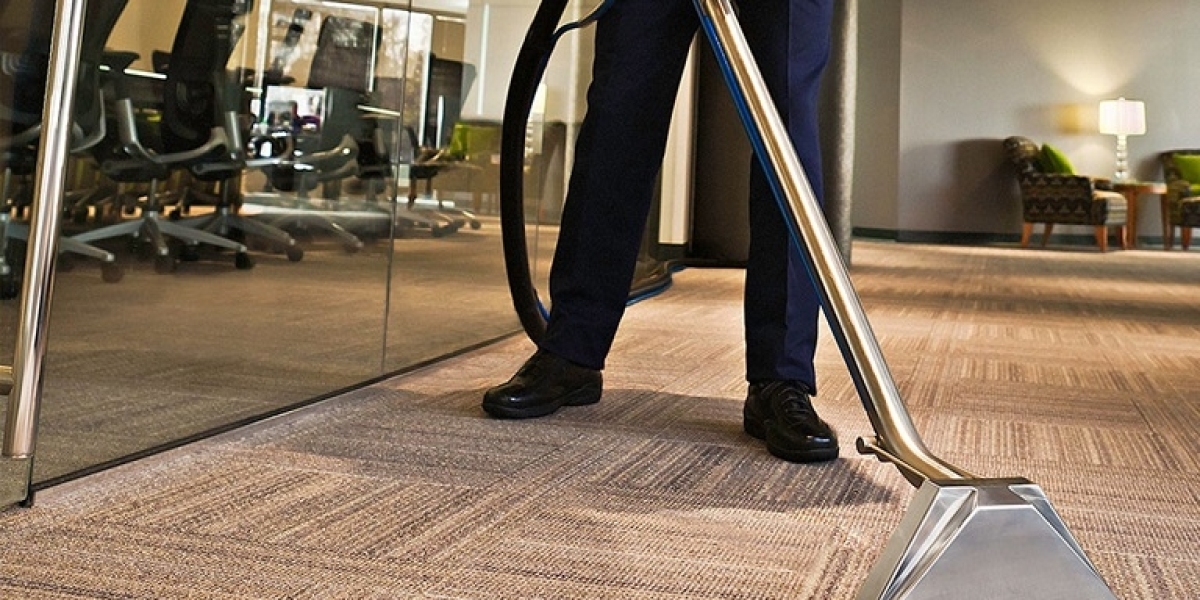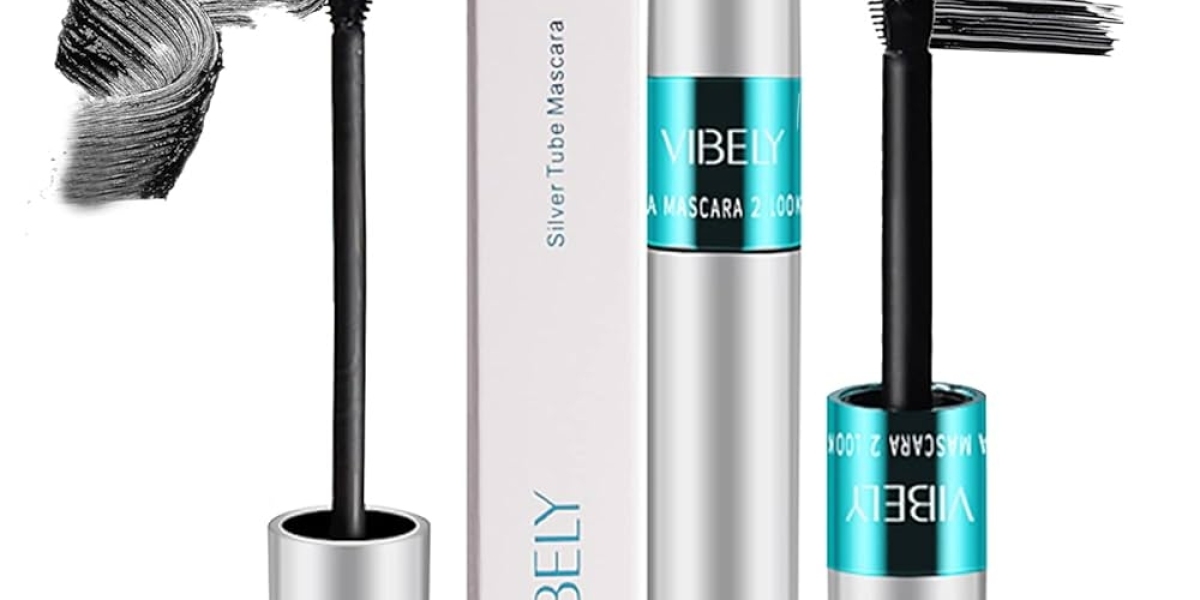Glass balustrades have emerged as a popular choice in contemporary architecture and design, combining aesthetics with functionality. These elegant structures not only offer safety and security but also enhance the visual appeal of both residential and commercial spaces. This report delves into the various aspects of glass balustrades, including their design, materials, benefits, installation, and maintenance.

1. Definition and Purpose
A balustrade is a railing system that consists of a series of vertical posts (balusters) supporting a top rail. Glass balustrades use glass panels instead of traditional materials like wood or metal, providing a sleek and modern look. Their primary purpose is to prevent falls from elevated areas such as balconies, staircases, and terraces while maintaining an unobstructed view.
2. Design Options
Glass balustrades come in various designs, catering to different architectural styles and preferences. Some common design options include:
- Frameless Glass Balustrades: These offer a minimalist look with no visible frames, providing a seamless view. They are typically held in place using specialized clamps or fittings.
- Semi-Frameless Glass Balustrades: This design incorporates a top rail and possibly vertical posts, providing more structural support while still allowing for a significant glass surface.
- Fully Framed Glass Balustrades: These use a metal or wooden frame to support the glass panels, offering a more traditional look. This option can provide additional design elements, such as color and texture.
3. Materials Used
The materials used for glass balustrades are crucial for both safety and aesthetics. The primary material is tempered glass, which is treated to withstand impacts and is less likely to shatter. Common thicknesses range from 10mm to 12mm, depending on the application and local building codes. Other components may include:
- Stainless Steel: Often used for fittings, handrails, and posts, stainless steel is durable and resistant to corrosion, making it ideal for outdoor applications.
- Aluminum: Lightweight and available in various finishes, aluminum is another option for framing and supports.
- Wood: Sometimes incorporated into the design, wood can offer warmth and a natural aesthetic, especially in residential settings.
4. Benefits of Glass Balustrades
Glass balustrades offer numerous advantages, making them an attractive option for many property owners:
- Unobstructed Views: One of the most significant benefits is the ability to enjoy clear sightlines, enhancing the overall ambiance of a space.
- Aesthetic Appeal: Glass balustrades provide a modern and sophisticated look, elevating the design of both interior and exterior environments.
- Durability: Tempered glass is highly resistant to weather conditions, making glass balustrades suitable for both indoor and outdoor use.
- Low Maintenance: Glass balustrades are easy to clean and maintain, requiring only periodic washing to keep them clear and free from dirt or grime.
- Safety: When installed correctly, glass balustrades provide a high level of safety, meeting building regulations and standards.
5. Installation Process
The installation of glass balustrades requires careful planning and execution. Here are the key steps involved:
- Design Planning: Before installation, a detailed plan is created, considering the layout, measurements, and design preferences.
- Site Preparation: https://englishsunglish.com/why-double-glazed-windows-are-a-smart-investment-for-every-home/ The installation area must be prepared, ensuring that the surface is level and suitable for mounting the balustrade.
- Glass Panel Installation: Depending on the design, glass panels are either secured with clamps or framed into place. Proper handling is crucial to avoid damage.
- Fittings and Handrails: After the glass panels are in place, fittings, handrails, and any additional supports are installed to complete the balustrade.
- Final Inspection: Once installed, the balustrade is inspected to ensure it meets safety standards and is securely mounted.
6. Maintenance Requirements
While glass balustrades are relatively low maintenance, they still require regular care to maintain their appearance and functionality:
- Cleaning: Regular cleaning with a glass cleaner or a mixture of vinegar and water can help keep the panels clear and free from streaks. Avoid abrasive materials that could scratch the glass.
- Inspection: Periodic inspections should be conducted to check for any signs of wear or damage, especially in areas exposed to harsh weather conditions.
- Hardware Checks: The fittings and handrails should be checked regularly to ensure they are secure and free from rust or corrosion.
7. Safety Considerations
Safety is paramount when it comes to glass balustrades. To ensure compliance with local building codes and regulations, it is essential to:
- Use Tempered Glass: Always opt for tempered or laminated glass, as these materials are designed to withstand impacts and are less likely to break.
- Follow Regulations: Ensure that the balustrade meets height and structural integrity requirements as specified by local laws.
- Professional Installation: Hiring a professional installer with experience in glass balustrades can help ensure that the installation is done correctly and safely.
8. Conclusion
In conclusion, glass balustrades represent a modern architectural solution that combines safety, aesthetic appeal, and durability. They are versatile enough to be used in various settings, from residential homes to commercial buildings. With a range of design options and materials available, property owners can find the perfect glass balustrade to suit their needs. By understanding the installation process and maintenance requirements, one can enjoy the benefits of glass balustrades for years to come. As the demand for stylish and functional design continues to grow, glass balustrades are likely to remain a popular choice in the architectural landscape.
